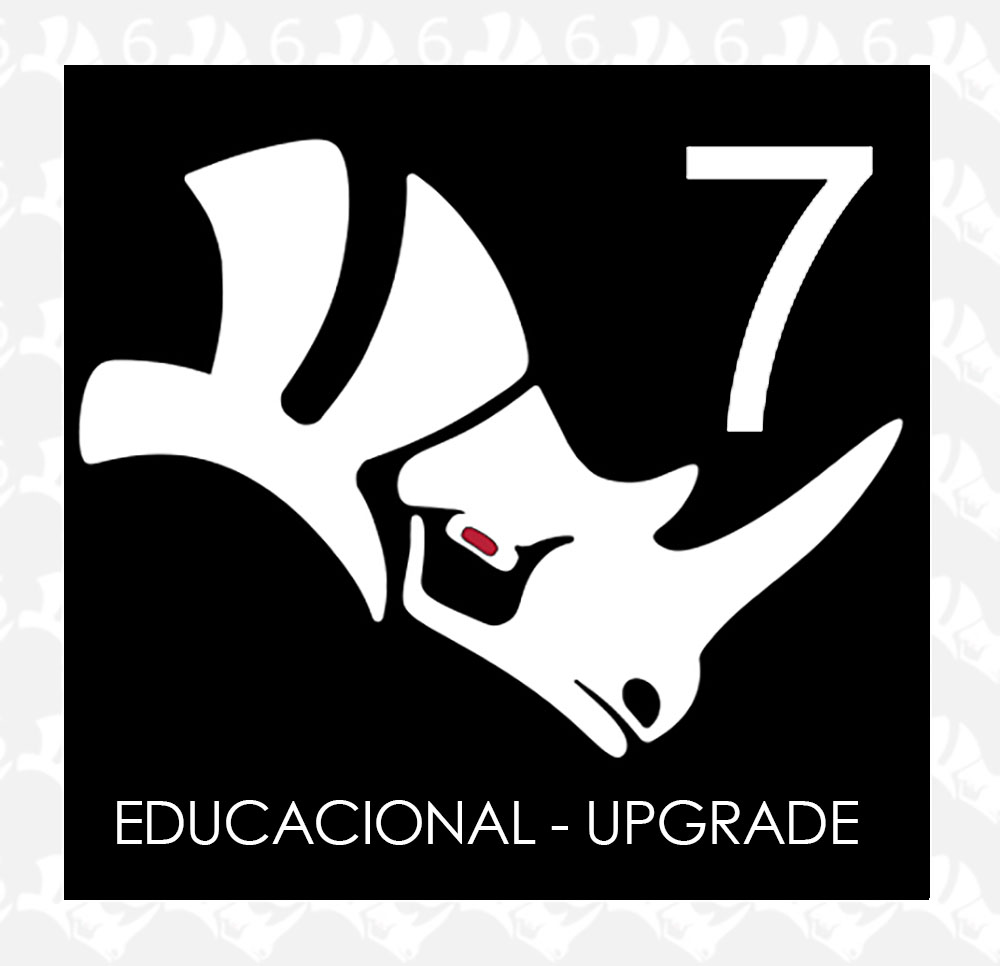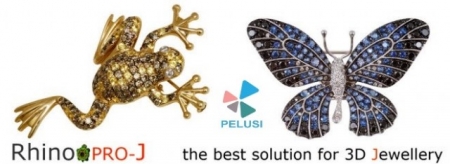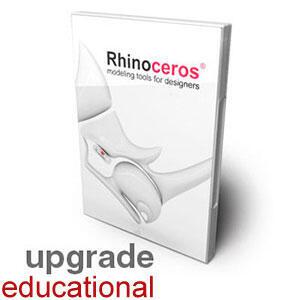

Rhino SubD Vessel Hull modeled by RhinoCentreĪt RhinoCentre we worked a lot with the T-Splines SubD plugin until Rhino 5 and now this technology is available in standard Rhino 7.Īll details about SubD įor architects this is a unique opportunity to integrate the design freedom and flexibility of Rhino and Grasshopper directly in Revit. In the marine industry, SubD is interesting for several types of vessel hulls and small yachts that are manufactured woth a mold. Organic shapes are found in free-form architecture, industrial design, footwear design, jewelry design and automotive. However when organic shapes have to be created, SubD offers many advantages and is much faster. Many Rhino users don’t need SubD straight away as most people model straightforward shapes.

#Rhino 7 upgrade upgrade#
Purchase here a Rhino 7 upgrade together with an extra Rhino 7 license and receive an extra discount of 5% on the upgradeĮspecially the modeling of organic shapes is fantastic with the new ‘Sub Division Modeling’ workflow.The installation takes about 15 seconds.

#Rhino 7 upgrade install#
#Rhino 7 upgrade for free#

I assume this is because Rhino 6 is exclusively NURBS and the conversion to polygons is not perfect. The problem is that when I export the models that contain curved parts, it's always a mess, whether I export them as DWG 3d solid, OBJ, FBX. These models are then imported in 3ds Max+V-ray (soon to be replaced by Blender) and I render them with proper textures and lighting, in isolation and inserted in 3d environments. I use Rhino 6 to model all the furniture, create some layouts with technical information and use the raytraced mode to printscreen clay-like renders. I'm an architect and work at a factory designing furniture.


 0 kommentar(er)
0 kommentar(er)
